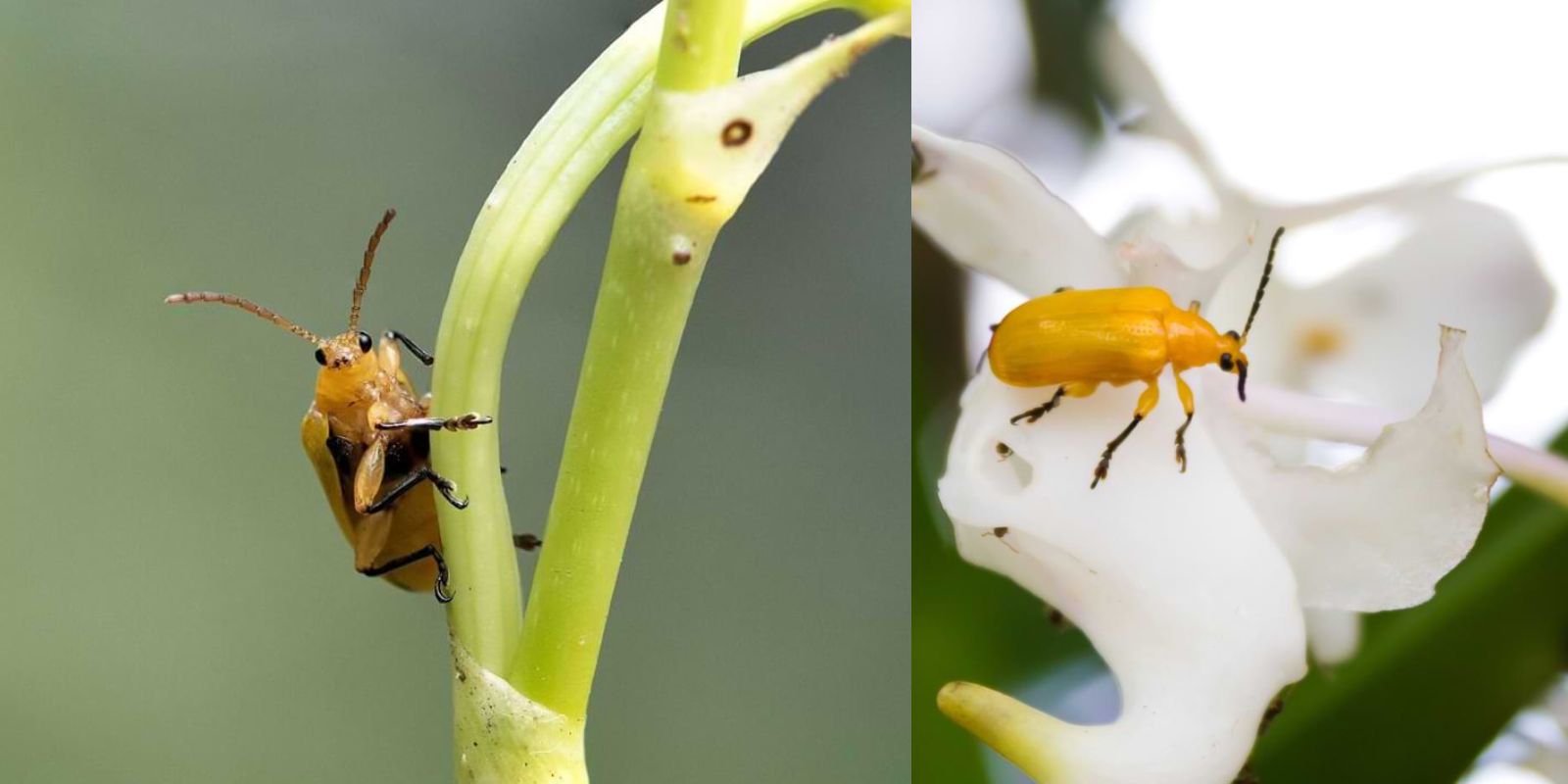Introduction
Orchids are among the most exquisite and rewarding plants to grow, admired for their intricate blooms and elegant foliage. However, their beauty and delicacy make them susceptible to a variety of pests that can threaten their health and overall appearance. Understanding how to identify, prevent, and treat orchid pests is crucial for maintaining the vitality of these stunning plants. This comprehensive guide will provide you with the essential knowledge and tools to manage orchid pests effectively, ensuring your orchids continue to flourish and captivate.
Identifying Common Orchid Pests
Before you can manage pests, it’s essential to know what you’re dealing with. Here are some of the most common pests that can infest orchids:
- Aphids: Small, pear-shaped insects that often cluster on new growth and flower spikes. They suck sap from the plant, causing stunted growth and distorted leaves.
- Mealybugs: White, waxy insects that appear as cottony clusters on leaves, stems, and in the crevices of the plant. They also feed on plant sap and can lead to the development of sooty mold.
- Scale Insects: These pests appear as small, hard, or soft bumps on stems and leaves. They are often covered in a protective shell and can cause yellowing and leaf drop.
- Spider Mites: Tiny, red or brown arachnids that produce fine webbing on the undersides of leaves. They suck out plant fluids, leading to stippled or bronzed leaves.
- Thrips: Small, slender insects that can cause streaks or silvering on leaves and flowers. They feed on plant tissues, leading to damaged and deformed blooms.
How to Spot Orchid Pests
Early detection is crucial in managing orchid pests. Regular inspection and awareness of potential signs can help you catch problems before they escalate:
- Visual Inspection: Examine your orchids thoroughly, especially the undersides of leaves, stems, and flower spikes. Look for signs of pests such as webbing, sticky residue, or visible insects.
- Check for Damage: Observe the condition of the leaves and flowers. Pests can cause yellowing, curling, or wilting of leaves, as well as deformities or discoloration of flowers.
- Look for Sooty Mold: This black, sooty substance often accompanies aphid and mealybug infestations. It forms as a result of the honeydew excreted by these pests.
- Monitor Growth: Stunted or slow growth can indicate pest problems. Compare your plants to healthy orchids to spot any unusual symptoms.
Preventing Orchid Pests
Prevention is always better than cure. Implementing a few proactive measures can help keep your orchids pest-free:
- Maintain Cleanliness: Regularly clean your orchid environment. Remove fallen leaves, debris, and any dead plant material where pests might harbor.
- Proper Watering: Avoid overwatering, which can create a humid environment conducive to pest problems. Ensure good drainage and allow the orchid medium to dry out slightly between waterings.
- Good Air Circulation: Provide adequate airflow around your orchids to reduce humidity and prevent the conditions that pests thrive in. Use fans or place your orchids in well-ventilated areas.
- Inspect New Plants: Before introducing new orchids to your collection, inspect them thoroughly for signs of pests. Quarantine new plants for a few weeks to ensure they are pest-free.
- Use Sterilized Tools: Always use clean, sterilized tools when handling your orchids to prevent the spread of pests and diseases.
- Apply Preventative Treatments: Consider using organic treatments such as neem oil or insecticidal soap as a preventative measure. These treatments can help deter pests before they become a problem.
Treating Orchid Pests
When pests do appear, timely and appropriate treatment is essential for protecting your orchids:
- Manual Removal: For small infestations, manually remove pests using a cotton swab dipped in rubbing alcohol or soapy water. Gently wipe or scrub affected areas to eliminate pests.
- Natural Remedies: Use natural insecticides like neem oil, insecticidal soap, or a mixture of water and dish soap. Apply these solutions to affected areas, following the instructions on the product label.
- Insecticidal Soap: This is effective against a wide range of soft-bodied pests, including aphids and mealybugs. Ensure thorough coverage of the plant, including the undersides of leaves.
- Systemic Insecticides: For severe infestations, systemic insecticides may be necessary. These chemicals are absorbed by the plant and target pests from within. Follow the product instructions carefully to avoid harming the plant.
- Mitigate Spider Mites: Increase humidity around your orchids to help manage spider mite populations. Regularly rinse leaves with water to remove mites and their webbing.
- Address Thrips: Use sticky traps to monitor and reduce thrip populations. Additionally, apply appropriate insecticides or natural remedies to control these pests.
- Regular Monitoring: After treatment, continue to monitor your orchids for any signs of returning pests. Repeat treatments if necessary to ensure complete eradication.
Conclusion
Managing orchid pests requires vigilance, knowledge, and timely action. By learning to spot common pests, implementing preventive measures, and applying effective treatments, you can protect your orchids and keep them blooming beautifully throughout the year.
Remember, a pest-free orchid garden is achievable with consistent care and attention. Share your pest management experiences and successes with fellow gardeners using the hashtags #OrchidCare #PestControl #GardenTips #BloomingOrchids and inspire others to maintain their own thriving orchid collections! 🌸🪴

